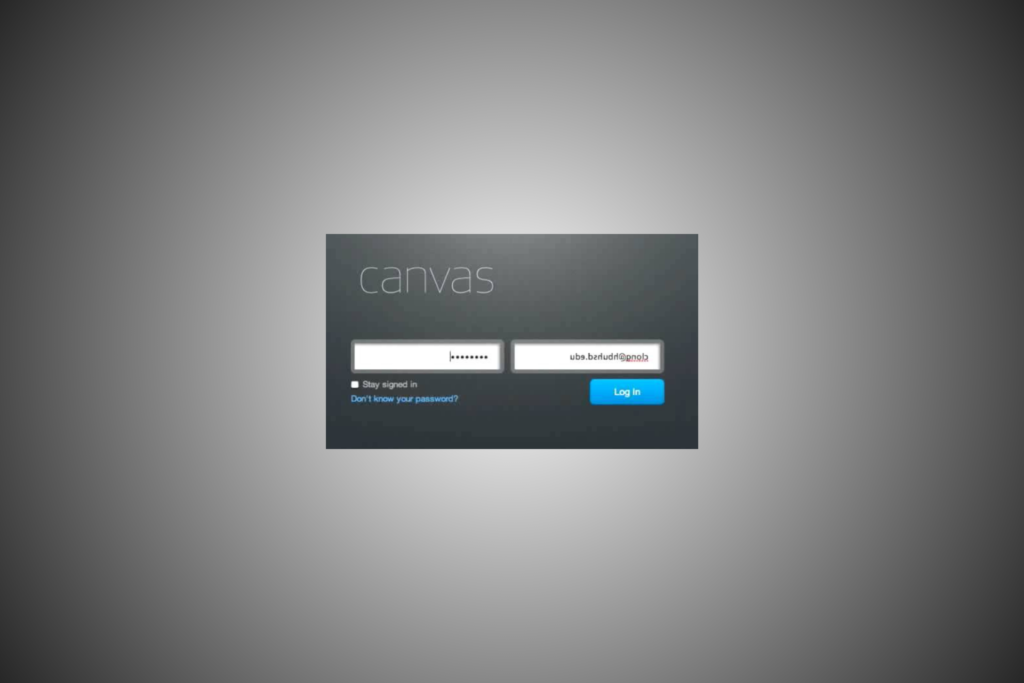Introduction: In today’s digital era, educational institutions are increasingly turning to technology to streamline administrative processes and enhance teaching methodologies. Among the myriad of tools available, the HBUHSD Canvas Export-Import.mov feature has emerged as a prominent solution. This article aims to explore the intricacies of this tool, its relevance, and its impact on educational content management.
Defining HBUHSD Canvas Export-Import.mov:
HBUHSD Canvas Export-Import.mov stands as a feature within the Canvas Learning Management System (LMS), designed to facilitate the seamless transfer of course content between different instances of Canvas. This functionality empowers educators to export various course materials, ranging from assignments to discussions and files, from one Canvas course to another. Such capabilities significantly simplify the process of course creation and management.
Importance of HBUHSD Canvas Export-Import.mov:
Efficient content management lies at the core of ensuring a smooth learning experience for educators and students alike. HBUHSD Canvas Export-Import.mov assumes a pivotal role by providing a user-friendly solution for organizing and transferring course materials. By eliminating the arduous task of recreating content, educators can allocate more time to instructional planning and delivery, thereby enhancing the quality of education.
Types and Categories:
Export Functionality:
- Exporting Entire Courses: Educators can seamlessly export entire courses, inclusive of all associated content and settings, with just a few clicks.
- Selective Content Export: Users are granted the flexibility to handpick specific content modules or components for export, facilitating tailored course transfers.
Import Functionality:
- Importing Course Packages: Imported course packages encapsulate all exported content and settings, ensuring a seamless replication of courses.
- Content Mapping: HBUHSD Canvas Export-Import.mov automates the mapping of imported content to corresponding sections in the destination course, ensuring precise placement and organization.
Symptoms and Signs:
Streamlined Course Migration:
- Reduced Workload: The export-import feature significantly reduces the manual effort required for course setup and migration, thereby conserving educators’ time and resources.
- Consistent Content Structure: Courses maintain a uniform structure across diverse instances of Canvas, fostering continuity and clarity for both educators and students.
Enhanced Collaboration:
- Collaboration Across Institutions: Educators can foster collaboration in course development and sharing across various educational institutions, thereby nurturing a culture of knowledge exchange and collaboration.
- Faculty Development: The capability to import course templates and materials created by seasoned educators facilitates professional development and knowledge sharing within educational communities.
Causes and Risk Factors:
Technological Advancements:
- Evolution of Learning Management Systems: The widespread adoption of advanced LMS platforms like Canvas has revolutionized educational content management, empowering educators with potent tools for content creation and delivery.
- Demand for Efficiency: In an era marked by the acceleration of educational processes, there’s an increasing need for tools that streamline administrative tasks, empowering educators to focus on teaching and learning.
Pedagogical Needs:
- Customization and Personalization: Educators frequently find themselves needing to tailor course content to cater to the diverse needs and learning styles of students. HBUHSD Canvas Export-Import.mov facilitates this customization, enabling educators to adapt course materials to specific instructional objectives.
Diagnosis and Tests:
Compatibility Checks:
- System Compatibility: Before proceeding with the export or import of course content, users must ensure that both the source and destination Canvas instances are compatible and meet the necessary system requirements.
- Content Validation: Following the import of course materials, educators should conduct a thorough review to verify the integrity and functionality of the content, including tests on quizzes, assignments, and multimedia elements.
User Feedback:
- Soliciting Feedback: Educators can actively seek feedback from students and colleagues concerning the usability and effectiveness of imported course materials, integrating suggestions for enhancement in subsequent iterations.
- Continuous Improvement: By iteratively refining course content based on user feedback and performance analytics, educators can enhance the overall learning experience and outcomes.
Treatment Options:
Training and Support:
- Professional Development Workshops: Educational institutions can organize training sessions and workshops to acquaint educators with the features and functionalities of HBUHSD Canvas Export-Import.mov, empowering them to harness its full potential.
- Online Resources: Canvas provides extensive documentation, tutorials, and support forums to aid users in mastering. Export-import process and addressing common issues.
Peer Collaboration:
- Peer Mentoring: Experienced educators can serve as mentors or peer coaches for colleagues new to HBUHSD Canvas. Export-Import.mov, offering guidance and support throughout the implementation process.
- Community of Practice: Establishing communities of practice within educational institutions fosters knowledge sharing. Collaboration among educators, creating a supportive environment for professional growth and innovation.
Preventive Measures:
Regular Backups:
- Data Backup Protocols: Educational institutions should implement robust backup protocols to mitigate against data. Loss or corruption, ensuring that course content is securely archived and recoverable.
- Automated Backup Solutions: The adoption of automated backup solutions and cloud storage services. Streamlines the backup process, minimizing the risk of human error.
Ongoing Maintenance:
- Content Review Cycles: Educators should periodically review and update course materials to reflect changes in curriculum standards. Pedagogical best practices, and technological advancements.
- Version Control: Maintaining version control of exported and imported course content helps prevent discrepancies. And ensures that users are working with the most recent iterations.
Personal Stories or Case Studies:
Educator Experience:
- Case Study: Dr. Smith’s Course Migration Journey: Dr. Smith, an experienced educator, shares her journey of using HBUHSD Canvas. Export-Import.mov to migrate course materials between semesters. She highlights how the feature streamlined the process, allowing her to concentrate on refining instructional strategies and engaging with students.
- Testimonial from Canvas Administrator: A Canvas administrator provides testimony on the transformative impact of HBUHSD Canvas. Export-Import.mov on educational content management. This feature empowers educators to create dynamic and engaging courses while minimizing administrative overhead.
Conclusion:
HBUHSD Canvas Export-Import.mov emerges as a valuable tool for simplifying educational. Content management, facilitating efficient transfer of course materials between Canvas instances. By streamlining administrative processes and fostering collaboration. This feature enriches the teaching and learning experience, ultimately benefiting both educators and students.

